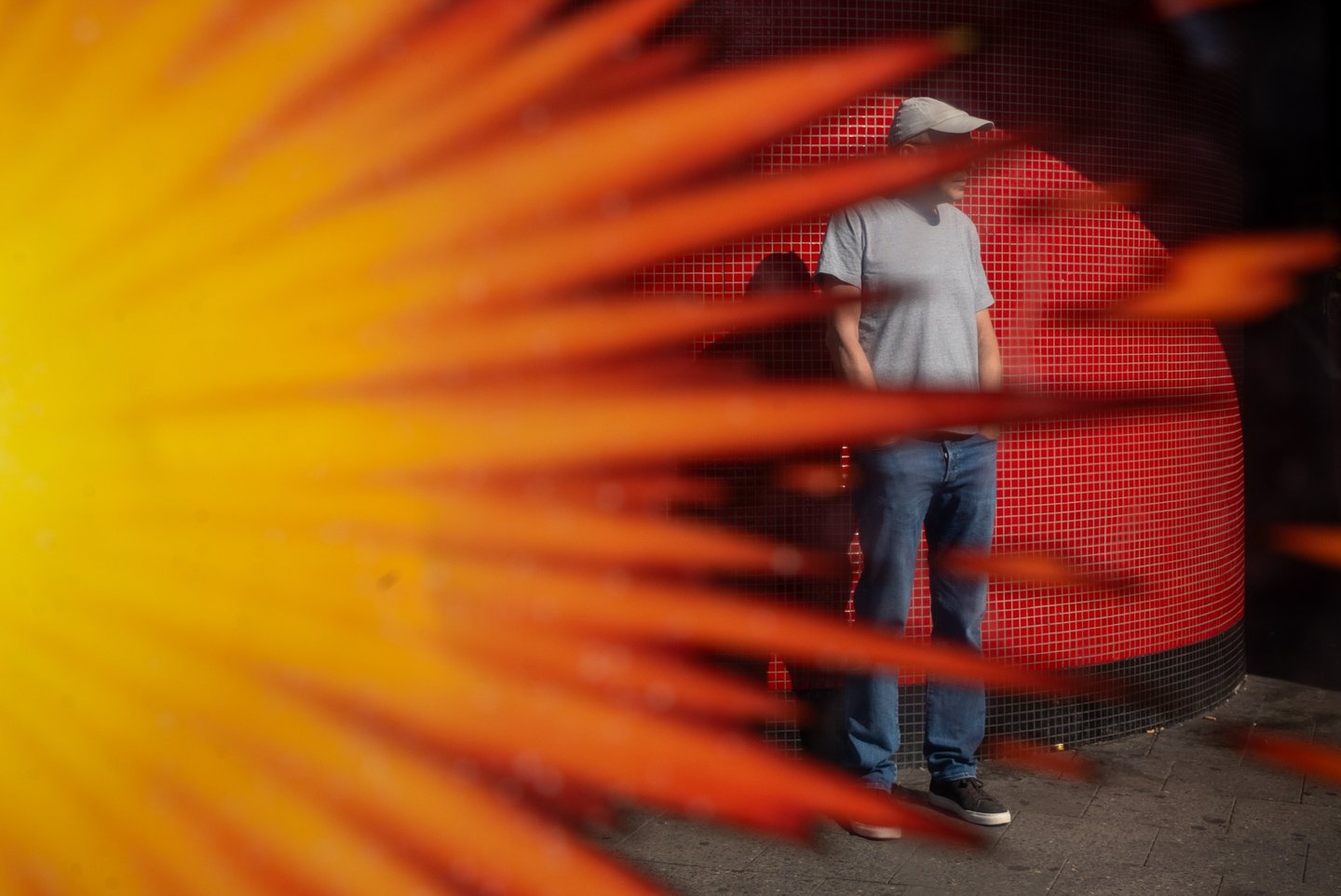

Urban Ecologies
In modern thought, nature has often been conceived as a fixed domain, governed by universal and immutable laws, while culture is associated with creativity, subjectivity, and symbolic variability. This dichotomy is central to naturalism, which, as described by anthropologist Philippe Descola, became the dominant ontology of Western modernity. This framework not only legitimized the study of nature as something external to humanity but also laid the foundation for its exploitation by culture, contributing to what we now call the Anthropocene.
Projects that address issues related to nature, the environment, and landscape, as well as sympoietic practices—forms of creation that emerge from the interaction between multiple beings and materialities—often focus primarily on the relationship between humans and what, in the Western tradition, is classified as “legitimately” natural: forests, rivers, oceans, animals, plants, stones, fungi. Without a doubt, these are fundamental spaces for reflection, and some of my work is situated within them. However, I propose to expand this perspective by incorporating the urban environment and, in this sense, street photography as part of the study of nature. This does not mean that all street photography is, by definition, an ecological investigation. Rather, it means that both my photographic practice and my conceptual inquiries engage with street photography as a way of thinking about the relationships between different materialities and how these interactions shape the creation—and dissolution—of landscapes, beings, things, and worlds.
Approaching street photography from this perspective means also looking at the city—its streets, alleys, walls, and machines—alongside other environments, recognizing them as ecological research landscapes. It is, therefore, a way of challenging the artificial separation between nature and culture, between what is given and what is constructed.
In this sense, the divisions I establish on this site between different spheres of my projects are fluid. These categories help to distinguish different aspects of my work, but in the end, street photography is deeply connected to ecological studies. Likewise, photographs that explore childhood and memory are often also street photography—such as the image of my son caught in the web of a giant spider—both because of their spontaneity and because street photography is defined by its process rather than by the location where it is made, as stated by Serge Levy. Similarly, photo performances can be understood as part of a broader reflection on photography as a 'bringing forth machine.' In the end, all these practices converge into a larger inquiry into the image, the conditions that make it possible, and what it, in turn, makes possible.
© Ana Cichowicz